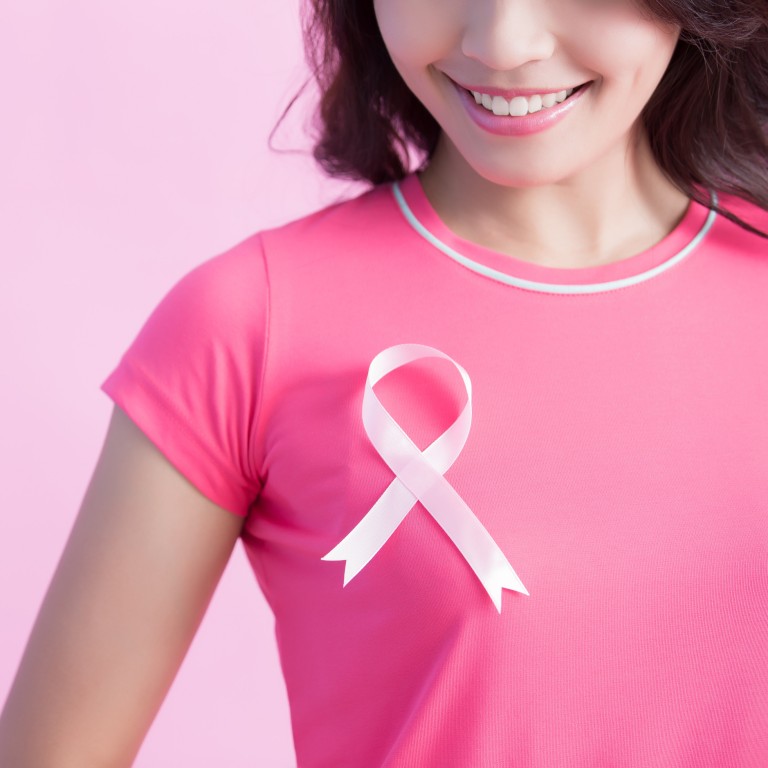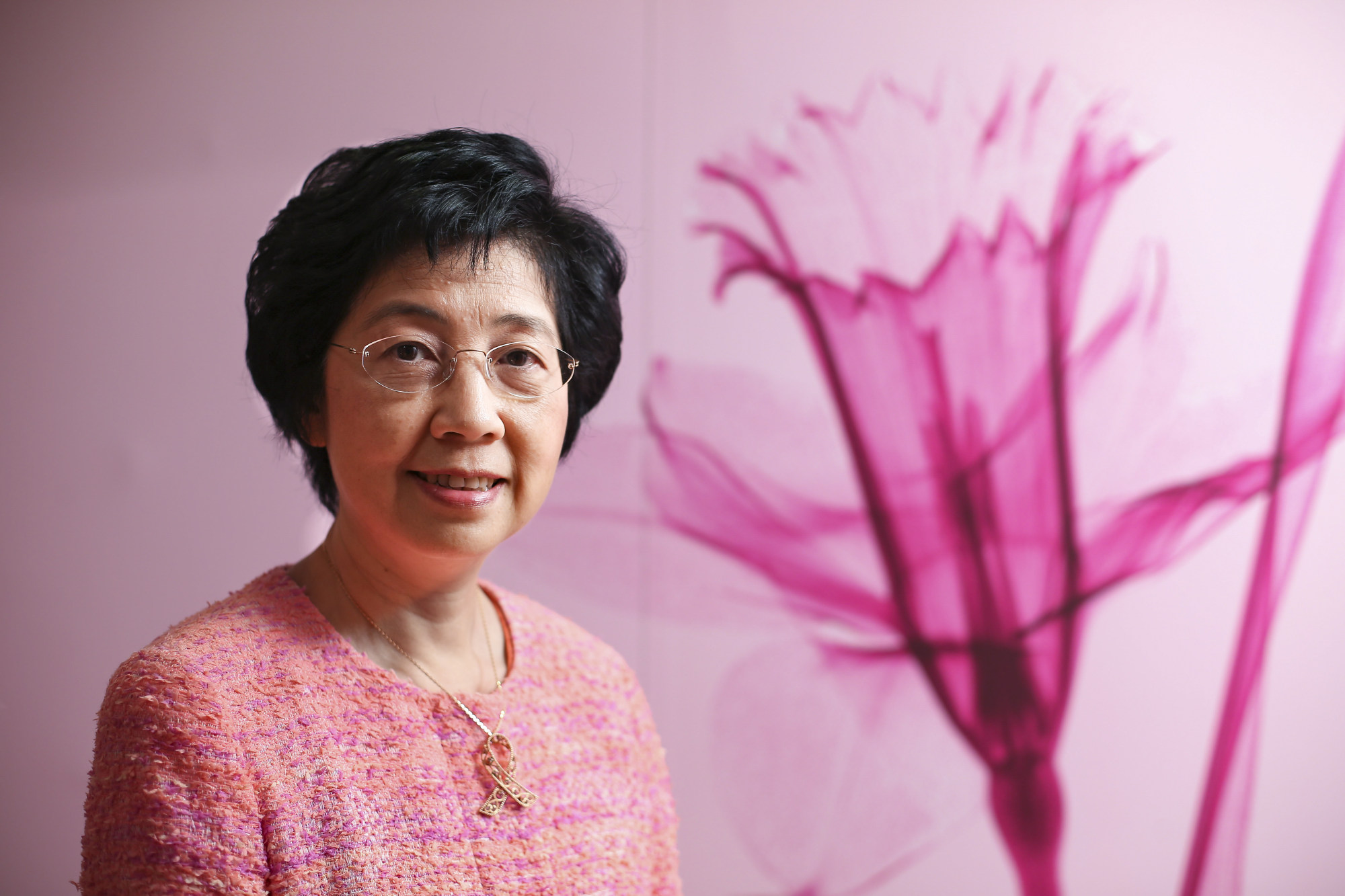
90 per cent survival rate for breast cancer patients diagnosed early, those below 40 face highest risk of recurrence: Hong Kong study
- Turning point for survival rate occurs between stages two and three, but treatment difficulty increases after stage two, decade-long study finds
- Breast cancer accounted for 12.2 per cent of cancer deaths among women in the city in 2020
Breast cancer patients who are diagnosed early have a 90 per cent survival rate, a decade-long study in Hong Kong has found, while patients below the age of 40 face the highest risk of remote recurrence after treatment.
The Hong Kong Breast Cancer Foundation released its findings on Wednesday and urged authorities to launch a government-funded mammography screening programme to facilitate early diagnosis
The organisation said its study showed that a turning point for the survival rate occurred between stages two and three of the disease, but treatment difficulty would increase after stage two. Stage four is the most life-threatening phase.

As the third leading cancer killer in the city, breast cancer accounted for 12.2 per cent of female cancer deaths in the city in 2020 and was the most common cancer affecting women in Hong Kong.
“Breast cancer discovered through regular medical checks tends to be in its early stages – this has been consistent in research data. Over 34 countries have nationwide screenings, some free and some subsidised,” said Dr Polly Cheung Suk-yee, founder of the foundation.
“For Hong Kong, only around 11 per cent of the diagnoses were detected through screening. If you can touch the tumour, it will be larger than 2cm and in the terminal stages. Don’t rely on touching a lump to decide if you need to see a doctor or not. If you want to find the tumour, you should get checked before you can feel it.”
According to the study, 82.4 per cent of breast cancer patients diagnosed between 2006 and 2018 discovered their cancer by chance after reporting abnormalities in their bodies to doctors.
The study tracked about 8,000 breast cancer patients who were confirmed to have the disease between 2006 and 2018, and those who were diagnosed since the Covid-19 pandemic began in early 2020. It found that the 10-year overall survival rate stood at 94.3 per cent and 90.2 per cent for stages one and two, respectively, with the figure rising to 97 per cent for stage zero patients.
She beat cancer twice. Studied TCM and healing. Now she shares her lessons
But the figure plummeted for terminal patients, with those in stage three standing a 74 per cent chance of recovery and 26.4 per cent for stage four patients.
Dr Lawrence Li Pui-ki, a management committee member at the Hong Kong Breast Cancer Foundation, said relying on self-reporting hindered women from discovering the disease earlier, as initially there were no symptoms.
“The earliest stage of breast cancer – stage zero – can only be diagnosed before symptoms emerge. Since most patients discover breast cancer through lumps in their breasts or discomfort, nearly 20 per cent of patients are already in stages three or four,” Li said.
Notably, patients under the age of 40 are more susceptible to aggressive forms of breast cancer and face a higher chance of remote recurrence, which refers to the disease emerging elsewhere than the original place.
The side effect of breast cancer surgery and radiation that no one talks about
The likelihood of being diagnosed with the most aggressive stage of the tumour is nearly 5 per cent higher in patients younger than 40 than those aged 41 to 50.
Since early stages of breast cancer cannot be identified through touch, the foundation called on the government to set up a screening programme to facilitate early detection among middle-aged women.
Foundation founder Cheung said existing government check-up services were insufficient and inaccessible.
“There are only three government-provided health centres for [mammography screening], and that’s very limited. From the age of 44, the government’s proposed eligible age range, there’s 1.5 million women,” she said.
No more ‘Asian way’: cancer survivor on folly of hiding illness
Three health centres for women under the Department of Health currently provide subsidised mammography scans at an annual fee of HK$310 (US$39), along with HK$225 for each mammography scan for eligible residents aged 44 to 69, and HK$510 per scan for those outside the age range, along with a HK$850 annual fee.
“It would be costly for low-income women to undergo [a private mammography screening]. Government-subsidised screening is very limited, we expect at most 5,000 could be done in a year,” Cheung said.
The government launched a pilot programme for subsidised mammography screening last year. Women aged between 44 to 69 could apply for risk assessment to be considered for screening under reduced fees. Those who were receiving social assistance would have their fees waived.
The South China Morning Post has contacted the Department of Health for comment.

